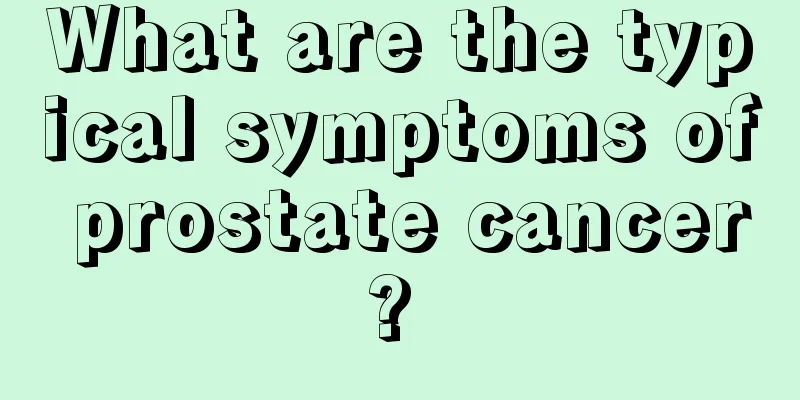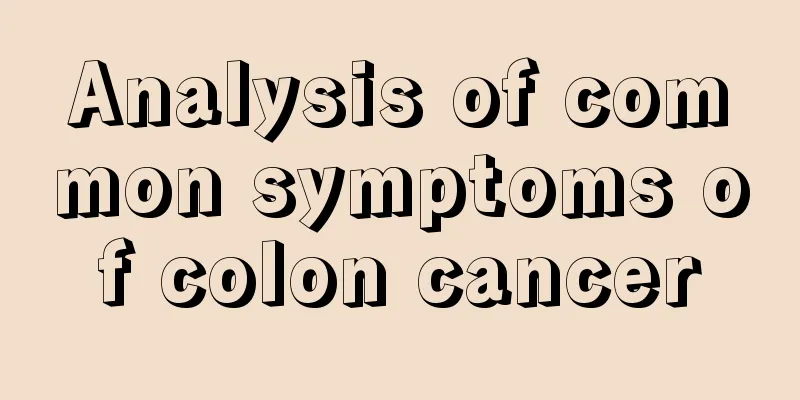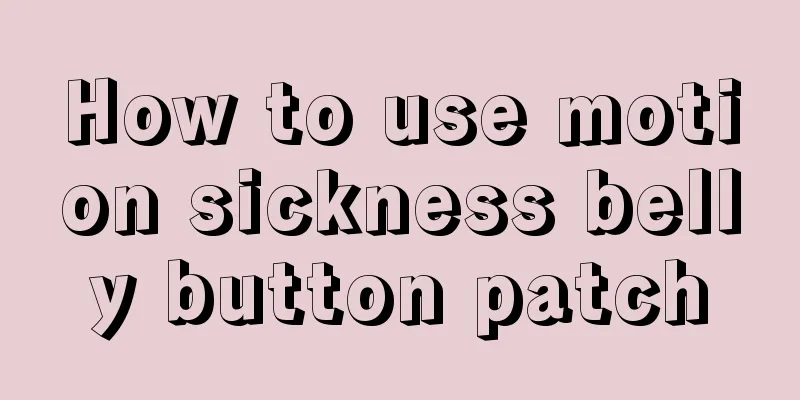Reasons for failure of ovulation induction

|
In real life, if a couple wants to conceive through in vitro fertilization, the woman needs to take ovulation-stimulating hormones, and then the eggs are extracted through surgery. The eggs are then fertilized with sperm in vitro, and after the fertilized egg is formed, it can be injected into the woman's uterus for development. However, the failure of female friends to take ovulation-stimulating hormones is related to their physical constitution, and the dosage of the drug taken also has an impact. Why does promotion fail? I heard that taking too many ovulation-stimulating drugs is bad for your health. In vitro fertilization and embryo transfer (IVF-ET) is a technology in which controlled ovulation induction is the key to obtaining high-quality oocytes and plays the most critical role in improving the success rate. In order to maximize the success rate of in vitro fertilization-embryo transfer (IVF-ET), it is often necessary to artificially use ovulation-inducing drugs to artificially intervene in ovulation. The purpose of ovulation induction is to induce the development of multiple follicles to obtain a more ideal number of mature eggs, in preparation for subsequent embryo formation and transplantation. So, what influences the effect of ovulation induction in in vitro fertilization-embryo transfer (IVF-ET)? The specific application process of ovulation induction in in vitro fertilization-embryo transfer (IVF-ET) is to adjust the dosage and duration of ovulation induction according to the female patient's response to the drug. The dosage and duration of the drug vary depending on the patient's age and response to the drug. When the follicles grow to a certain size and the eggs inside the follicles grow to a mature size, hormones are given to promote egg maturation. When the eggs are basically mature and before they are automatically ovulated, they are taken out by artificial egg retrieval. The effects of IVF-ET on ovulation induction are as follows: 1. The key to the ovulation induction process is to grasp the medication time and dosage. Too long or too short a time will affect the overall ovulation induction effect. 2. Estrogen should not be used excessively. Estrogen can promote the secretion of luteinizing hormone, and luteinizing hormone can promote ovulation. Therefore, the use of estrogen can induce ovulation. 3. Avoid complications. The main complication of ovulation induction in in vitro fertilization-embryo transfer (IVF-ET) is ovarian hyperstimulation syndrome. Many patients have poor ovarian function, so they can only choose short-term ovulation induction. In recent years, with the development and maturity of in vitro fertilization-embryo transfer (IVF-ET) technology, people have begun to pay more attention to the comfort and safety of treatment. So how can we take into account both the success rate and the safety and comfort of treatment? It is with this consideration that experts can formulate ovulation induction plans based on the "target number of eggs", and experts decide based on the specific situation of the patient. 1. For young women with good ovarian function, in fact, as long as they have 1 to 5 eggs, they can achieve a pregnancy rate of more than 60%. Therefore, mild stimulation and micro-stimulation plans, giving low-dose stimulation, can achieve the same effect as retrieving 15 eggs, which makes the patient comfortable and avoids egg waste. 2. For women with normal ovarian reserve function, a mild stimulation plan is recommended. The dose of ovulation-inducing drugs can be reduced by 1/3, and the target number of eggs is about 5 to 8. This can reduce the stimulation burden on patients and still achieve a good pregnancy rate, with an embryo implantation rate of more than 40%. 3. For women with ovarian dysfunction and low expected pregnancy rate, if mild stimulation does not work, it is recommended to use a micro-stimulation program, with a target number of 2 to 5 eggs. It is better to retrieve eggs several times and wait for the random opportunity of "good eggs" to appear, rather than "killing the chicken to get the eggs"-like stimulation, which hits the ovaries hard and prevents them from turning over. 4. For couples whose husbands have severe oligoasthenozoospermia, or who need testicular and epididymal sperm retrieval, or who need preimplantation genetic diagnosis (PGD), they need a relatively larger number of eggs and a correspondingly larger dose of stimulation. The target number of eggs is generally expected to be around 10 to 15. The design of the target egg number plan and the weighing of the pros and cons and cost-effectiveness require in-depth communication with the patient couple in order to gain their understanding and acceptance. With the in-depth progress of personalized medicine, the target number of eggs for ovulation induction treatment in the future will definitely be customized. Experts will try their best to develop the most suitable stimulation plan for each woman. The success standards and concepts of obtaining single-birth, full-term, live birth, and comfortable in vitro fertilization-embryo transfer (IVF-ET) will become more popular. |
<<: Is it true that elbow tapping can detoxify?
>>: Will peeling oranges by hand cause irritation?
Recommend
What is the matter with eye discomfort? Causes of eye discomfort
When the eyes are overworked, it can cause eye so...
How hereditary is prostate cancer
Almost all men will have prostate problems. If th...
Will Qi and blood deficiency cause high blood pressure?
Deficiency of both Qi and blood is a health probl...
Can Danshen be taken with Hawthorn?
Danshen is a common Chinese medicine in our lives...
Does pneumonia need timely treatment?
If you suffer from pneumonia, you must seek timel...
How to open the pine nut
Pine nuts are a kind of nut food, usually eaten a...
Creaking sound in the knee joint of the leg
Knee joint clicking is a common problem. Many peo...
The difference between glycocapsule and glycoprotein
Many people cannot distinguish the names of some ...
How long can you live with advanced lung cancer
Advanced lung cancer means that cancer cells have...
Is nitrate toxic?
As people in modern society pay more and more att...
What are the causes of primary liver cancer? The three most common causes of primary liver cancer
Primary liver cancer is one of the more terrible ...
Which inner pot is good for electric pressure cooker
Electric pressure cooker is a combination of elec...
What to do if the dough is too hard
When making pasta at home, you need to knead the ...
What are the methods of using tampons
Tampons are one of the essential items for female...
How to wash grapes clean
Grapes are very popular in our daily life because...









